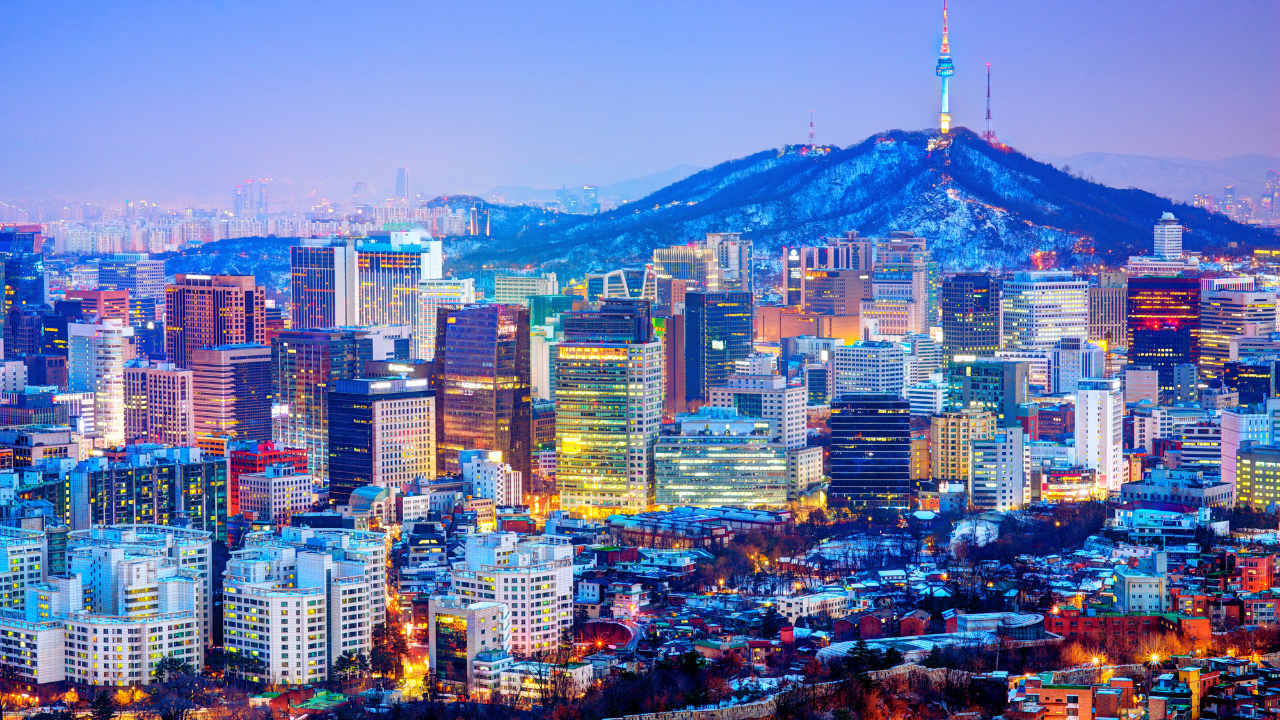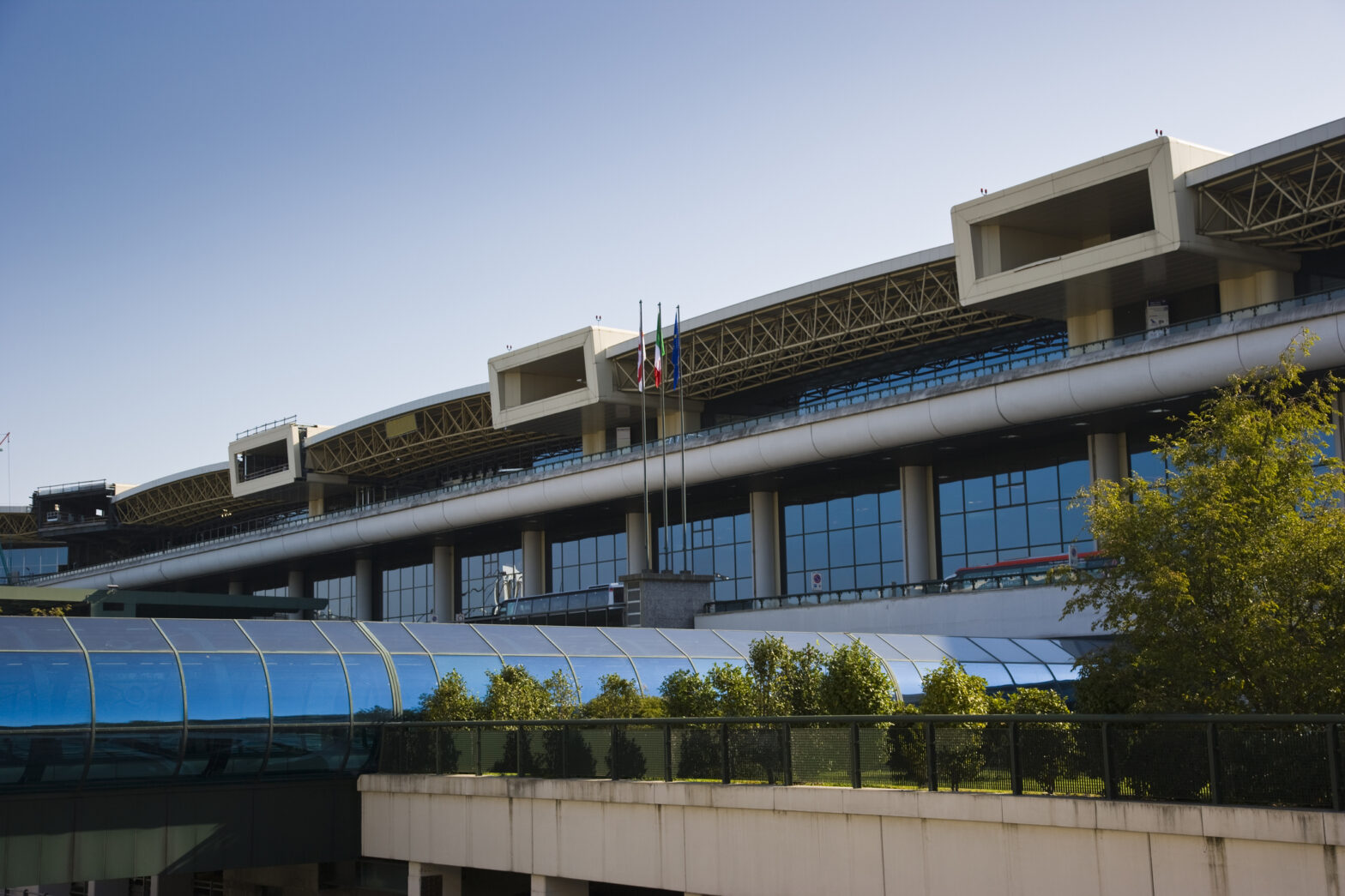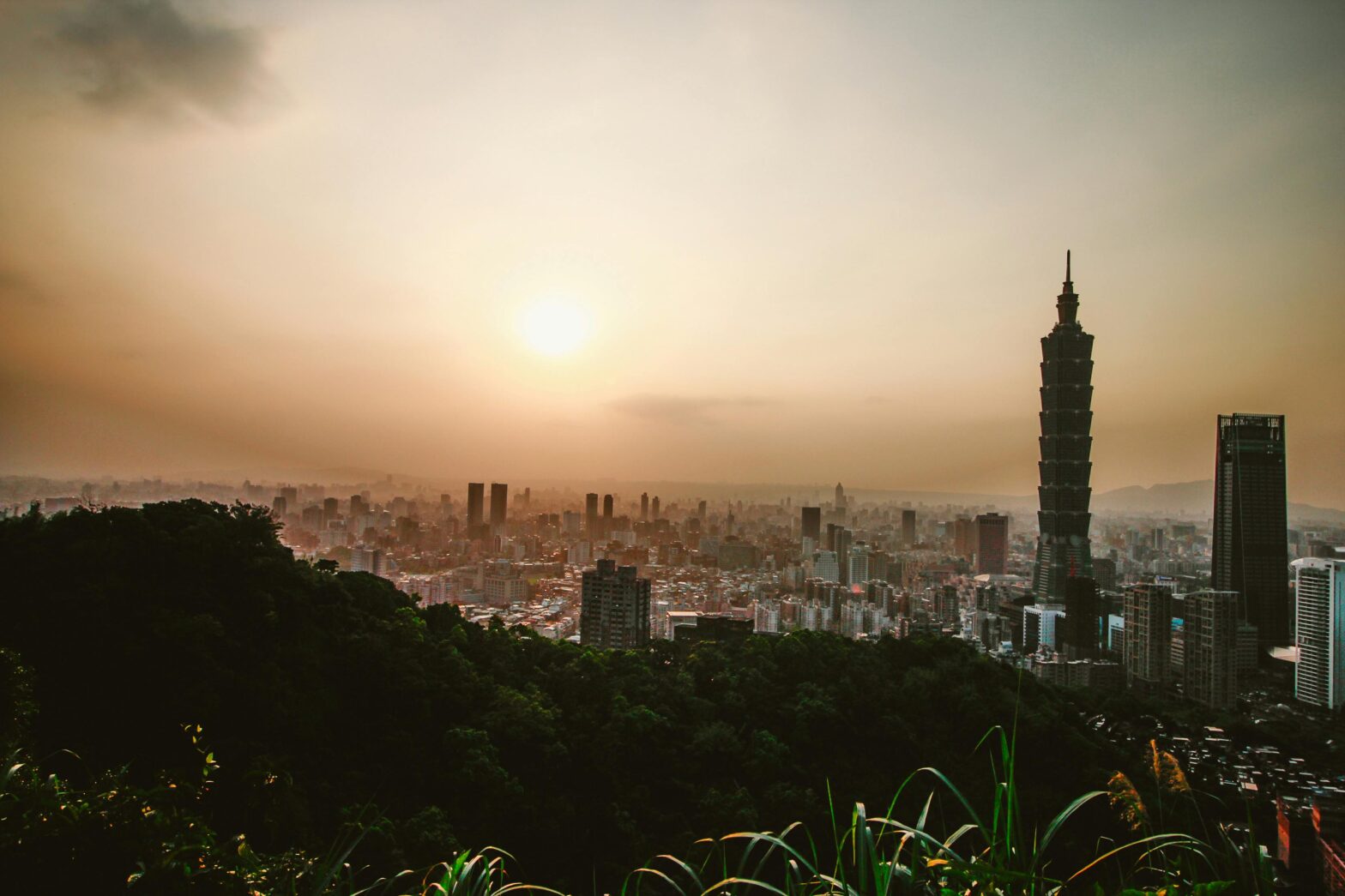While the history and contributions made by people of African descent in Mexico have not been taught or widely recognized, you can find it by traveling to Cuajinicuilapa: said to be one of the Blackest towns in Mexico.
Before 2020, when Afro-Mexicans were counted for the first time in the national census, a 2015 survey from Mexico’s statistics institute estimated the Afro-Mexican population at 1.3 million. Since the census, an estimated 2.5 million people have self-identified themselves as Afro-Mexican.
Cuajinicuilapa, which sits in the Costa Chica region, is one of several regions in Mexico with the highest population of people of African descent, with an estimated 229,661 Afro-Mexicans. The other states include Oaxaca, with an estimated 100,000, Baja California Sur with an estimated 75,000, and Veracruz along the Gulf coast with an estimated 50,000.
“In the past, this population has been counted among the indigenous populations even though they have no unique language,” an analysis from Patricia Ann Talley and Candelaria Donaji Mendez Tello, reads. “Therefore, government representation, resource allocations, and other public services have not been equitably distributed to their communities.”
According to historians, Mexico, known as New Spain in the sixteenth century, likely had more enslaved Africans than any other colony in the Western Hemisphere. The slave trade brought an estimated 250,000 to the colony to work on cocoa and cotton plantations, as well as in livestock farming.
People of African descent were vital to the early economic growth of Mexico, by developing and cultivating farmland, providing skilled labor in the silver mines, and working on cattle ranches and sugar plantations, and more.
Some of the history and contributions made by those of African descent can be found in the Museo de las Culturas Afromestizas. It is the first museum in Mexico dedicated to educating and acknowledging the presence of African people in the region, including some customs and culture, and it’s located in Cuajinicuilapa.
Dance is one area to witness Afro-Mexicans culture, as reported by AJ+.
The “Danza de Diablos” (dance of the devils) is still practiced today. The dance and its music are said to symbolize the breaking from the repression of slave owners when they were granted days of freedom.
They would wear a mask made of wood or cardboard with a deer antler, hair, horsehair beard, and animal’s jaw as to not reveal their identity. While it was seen as a way to celebrate the break from “harsh working conditions” through song and dance, it was also used to resume their African customs and traditions.
What Modern-Day Life Looks Like in Cuajinicuilapa?
Let’s be clear – when traveling with family, loved ones, and friends energy and vibes is everything! That being said, modern-day living in Cuajinicuilapa is known to be fairly laid back, quite enjoyable outdoors, and fun-loving with amazing people. Culture, history, and food is top priority to Afromexicanos and stopping in the streets for an impromptu, quick chit chat with neighbors and travelers is somewhat the norm. Cuajinicuilapa town is a hidden Mexican gem thanks to Afromexicanos.
FAQ’s
What is Cuajinicuilapa known for? One of the many things Cuajinicuilapa is known for is its rich Afromexican culture in addition to once being a safe haven for runaway slaves.
What percentage of Afromexicanos reside in Cuajinicuilapa? There are approximately 27,000 people who lives in Cuajinicuilapa, Mexico and 75% of which identify as Afro-Mexican.
What language is spoken in Cuajinicuilapa? Currently, there are ten main indigenous languages spoken in Cuajinicuilapa which includes Amuzgo, Mixteco, and Náhuatl. Amuzgo is the top indigenous dialect spoken (888 speakers), followed by Mixteco (424 speakers), and Náhuatl (47 speakers). Other indigenous languages spoken in Cuajinicuilapa include Tlapanecos with 22 speakers and Zapotec with 2 speakers just to name a few.





